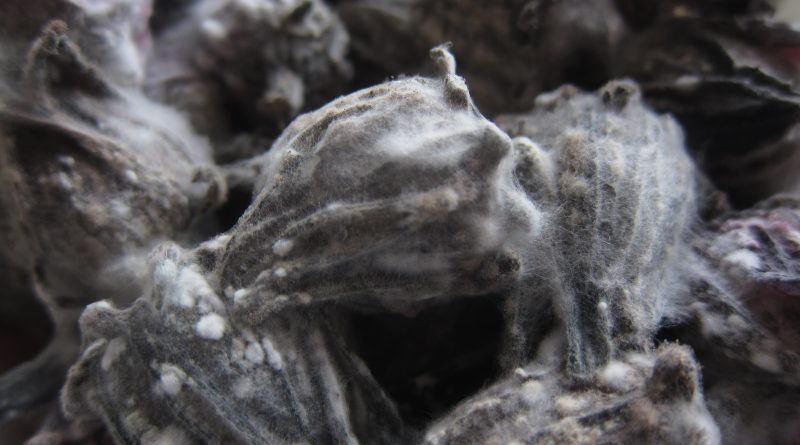Mold illness is, in my opinion, one of the most underdiagnosed conditions in the 21 century. Mold illness is a sneaky disease that can cause many symptoms, most of which are chronic. This article will explain how to diagnose mold illness and how to treat it.
Many doctors aren’t mold-literate because medical school doesn’t teach them to recognize the symptoms of mold toxicity and the multisystem dysfunctions that result.
Mold illness symptoms can vary and may be very different for each person. Asthma, chronic sinusitis and persistent fatigue are some of the most common symptoms.
Many people suffering from mold toxicity have multiple symptoms. They may be diagnosed with chronic fatigue syndrome, inflammatory bowel disorder, and depression and then continue to receive treatment for each condition without ever being able to pinpoint the root cause.
People with mold toxicity are often dismissed as hypochondriacs or those suffering from a neurological disorder for which there is no cure. It is extremely sad because a correct diagnosis could mean you can regain optimal health and not have a lifetime of misery or disability.
Dave Asprey, a health hacker and survivor of mold illness, does an amazing job of bringing together all current information about mold toxicity in his new documentary titled ‘Moldy. If you suffer from chronic conditions, it is worth the watch.
How can you get mold toxicity?
Mould can be found everywhere. Spores can be found in both water-damaged buildings and the atmosphere. Some crops are susceptible to fungal disease, including peanuts, chocolate, beetroots, and corn. You should investigate these foods, and beer or certain moldy cheeses may be a problem.
The production of biotoxins by mold can cause them to become airborne, and they can be inhaled or ingested. These biotoxins can be inhaled and cause inflammatory reactions, leading to various health problems, including autoimmunity and hormonal imbalances.
Our nervous system is also affected by mold biotoxins. A scan of “mouldy” brains reveals profound changes in brain tissue morphology, which can lead to hypoxia (lack of oxygen) and atrophy. This is why people with severe mold disease experience brain fog, short-term memory impairment, mood disorders, and difficulty focusing and thinking. These symptoms can easily be misdiagnosed as depression, hypothyroidism or simply ‘aging’.
Since the 1970s, when fungicides in paints were introduced, mold biotoxins have been an issue. This caused specific genetic mutations in fungi, which led to the production of biotoxins that now cause these problems.
Around 50% of North American buildings are affected by water damage. But not all mold exposures develop toxicity or multisystem symptoms.
Only 25 to 28 % of the population is at risk for a multisystem reaction. Children can also be affected if there are any previous exposures to mold.
It doesn’t have to be a major problem. Individuals can be affected if the damage is small and not obvious, such as a small pipe leak inside a wall.
Mold can form inside buildings due to damp conditions.
- Water leaks
- Poor construction
- Limited airflow
- Air conditioning
- Condensation
What is the diagnosis of mold illness?
You should seek out a mold-literate doctor if you suspect that you might have mold toxemia. To find a certified practitioner, I recommend Dr. Ritchie Shoemaker’s webpage. Dr. Shoemaker is a world-renowned expert in mold toxicology. His protocol is highly effective in diagnosing mold disease, removing biotoxins and restoring health markers after removal.
We are lucky to have Dr. Taniaash in Melbourne, who uses the Shoemaker protocol when treating her mold patients.
We recommend Dr. Cameron Jones at Biological Health Services and Nicole Bijlsma from Building Biology for mold screening. They are both highly respected building engineers and use the most contemporary techniques to identify the type of mold in your home.
How can mold toxicity be treated?
There are many great options to help you improve if you find out that you have mold toxicity. The Shoemaker protocol, which I mentioned above, is extremely effective in removing mold biotoxins from your body and rebalancing it. This comprehensive method involves several sophisticated tests to detect mold biotoxins and pharmaceutical drugs.
Last note: If you have been diagnosed with Lyme-related infections or co-infections such as Rickettsia, Babesia, or Rickettsia, it is likely that you also suffer from mold toxicity. Lyme disease patients are more vulnerable to mold biotoxins.

